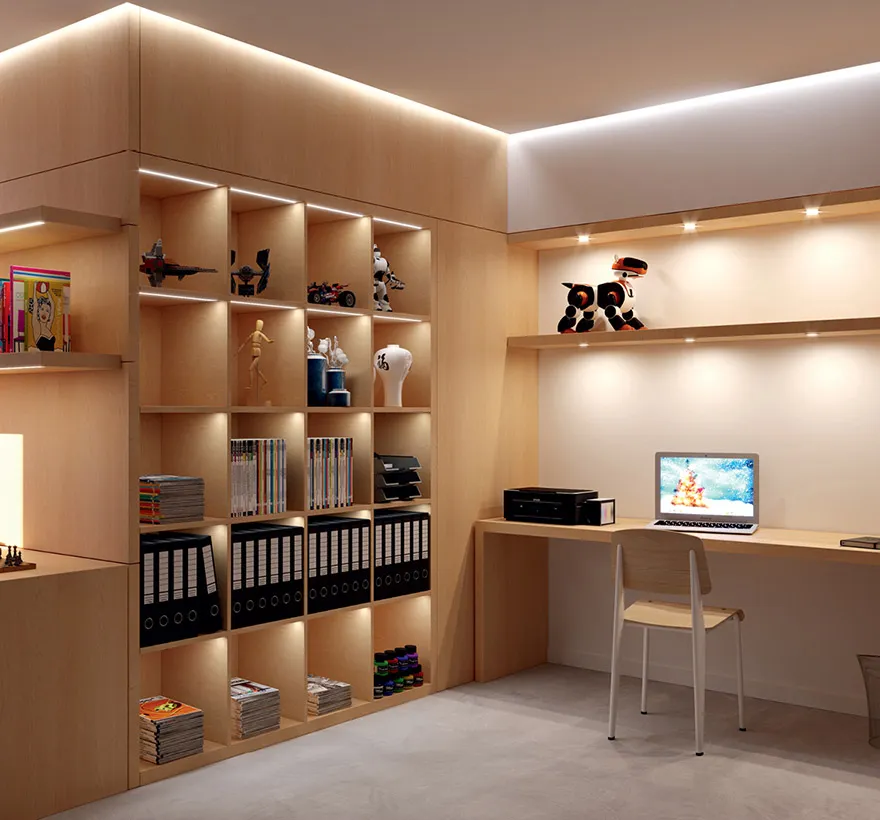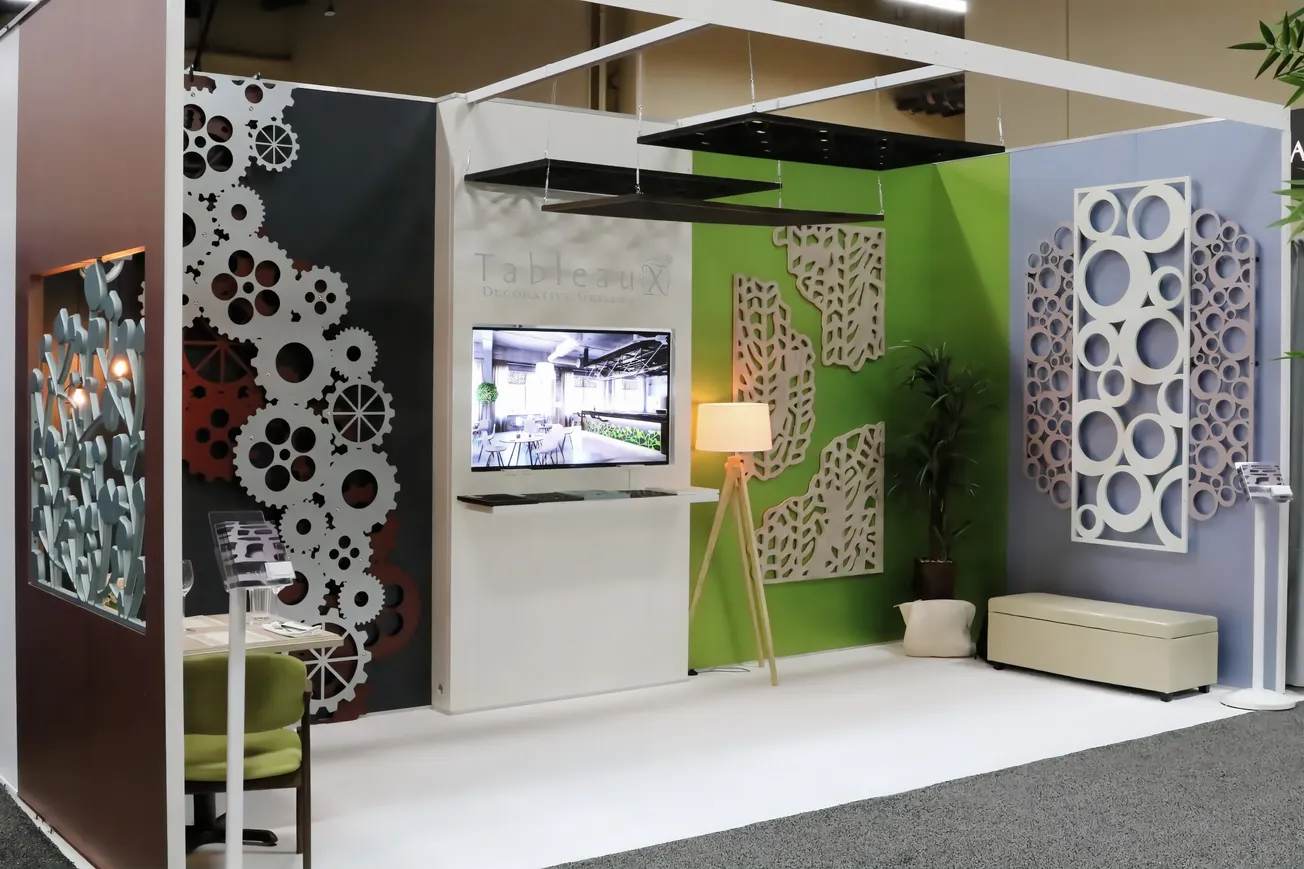Table of Contents
Leaner, Stronger Home Furnishing Companies Respond to Demand
Today’s Challenge is Balancing Value with Style
By Jim Leute
Lagging other big-ticket durables sectors in recovering from the Great Recession, the home furnishing industry has posted two years of growth, reached pre-recession levels and is poised for even more progress.
As in other industries, those home furnishing manufacturers that survived the recession emerged leaner and stronger.
And they’re competing to satisfy discriminating shoppers who have a wide variety of shopping and information channels, said Kevin Sauder, president and CEO of Sauder Woodworking in Archbold, Ohio, and chairman of the American Home Furnishings Alliance, the voice of the residential furniture industry.
“Consumers have access to so much more information, particularly with the Internet and sites such as Pinterest and Houzz,” Sauder said. “They see new applications and ideas all the time.
“They want a more personal look and feel with their furniture. It’s a little like what happened with the backlash against big food and restaurants and grocery stores.”
Styles change, particularly in relation to surfaces, textures, colors and patterns, Sauder said.
“Every industry has its own set of styles that the leaders set and others follow,” he said. “Several years ago, we were all following the Pottery Barn merlot look.
 “Now were chasing Restoration Hardware, with the grays and roughed-up look.” That look also can be described as reclaimed, rustic, weathered or vintage. Regardless of the adjective, it’s popular among consumers, and furniture makers are responding.
“Now were chasing Restoration Hardware, with the grays and roughed-up look.” That look also can be described as reclaimed, rustic, weathered or vintage. Regardless of the adjective, it’s popular among consumers, and furniture makers are responding.
“We’re becoming grandma chic with all of the vintage touches, colors, prints and patterns,” Sauder said.
The look, however, can present challenges for manufacturers.
“How do you give great value in a high-production setting where you’re making thousands of units?” Sauder said. “You have to find that balance that provides value with the unique look and style consumers are looking for.”
Sauder admitted his company was the king of oak and cherry ready-to-assemble office and entertainment furniture.
Over the years, the company has significantly diversified its product line and is now North America’s leading producer of RTA furniture and the nation’s fifth-largest residential furniture manufacturer.
of RTA furniture and the nation’s fifth-largest residential furniture manufacturer.
It’s made a significant effort to hire young designers and be involved with social media to remain connected to a growing consumer base of Millennials (ages 18-35) and Gen X’ers (36-50).
“Sauder designs for today’s customers and gets the product into different distribution channels where they’re willing to buy,” he said, adding that the company has had significant growth through online channels that include Walmart.com.
“Our product is heavy, but it ships easily. We’re really jumping into that with products that resonate with Millennials and Gen X’ers.
Industry on the rebound
 Industry analyst Jerry Epperson said home furnishing sales depend on consumer confidence, the availability of credit and housing activity.
Industry analyst Jerry Epperson said home furnishing sales depend on consumer confidence, the availability of credit and housing activity.
In his most recent “Furnishings Digest Newsletter” for the investment banking and research firm Mann, Armistead & Epperson, he said the banking collapse, home foreclosures and high unemployment hammered the industry.
Housing sales and starts are now improving; credit is more available to consumers – who are likewise becoming more creditworthy, and consumer confidence has returned to pre-recession levels.
“The last two years have certainly been better,” Sauder agreed. “While we’re just a sub-sector in the industry, we’ve had more growth.
 “Since the recession, the industry has been getting stronger. There was some consolidation, and we’re still seeing imports improve their market share.”
“Since the recession, the industry has been getting stronger. There was some consolidation, and we’re still seeing imports improve their market share.”
Both Sauder and Epperson said indicators are aligned for continued growth through 2015 and beyond.
Epperson noted that furniture prices have not kept up with inflation for the past four decades. The result, he said, is high value for consumers.
“The Industry needs to continue being creative and exciting to capture consumer dollars in an era when those consumers have so many choices how to spend those dollars,” Sauder said.
 Panel processing plays an important role in that, he said.
Panel processing plays an important role in that, he said.
“There is some wonderful technology out there, and it will continue to improve,” Sauder said. “The technology with wraps, rapid change and 3-D laminates is amazing.”
Sauder said a consumer segment will forever remain attached to heirloom quality pieces that last for decades.
“But many of today’s consumers are very attuned to the price and look of IKEA,” he said. “They want something that’s functional, looks good and offers value, knowing that they might change their mind in five years.”
Sauder announced last year an extension of its partnership with IKEA. While the company previously sourced kitchen cabinets for IKEA, it is just starting to distribute bedroom, office, entertainment and children’s storage products to the retailer’s North American stores.
IKEA, he said, has helped showcase processed-panel products to a large, mainstream audience.
“Of course, there’s much higher-end product than what’s sold at IKEA,” he said. “IKEA has perfected the mass market price points for processed-panel furniture, but there are many other retailers and kitchen cabinet dealers who have higher-end looks and features.”
AHFA Wants a Voice at the Table on Key Issues
As the nation ramps up for next year’s presidential election, the American Home Furnishings Alliance is not sitting on the sidelines.
That’s because the election will result in a new administration.
 Before the changeover, regulatory agencies will work overtime to implement their priority issues, said Andy Counts, chief executive officer of the High Point, N.C.-based alliance that represents more than 200 of the industry’s leading manufacturers and importers.
Before the changeover, regulatory agencies will work overtime to implement their priority issues, said Andy Counts, chief executive officer of the High Point, N.C.-based alliance that represents more than 200 of the industry’s leading manufacturers and importers.
“We will need to be vigilant to make sure the home furnishings industry has a voice at the table and to ensure our specific perspective on key issues is understood,” Counts said.
The alliance has been active on two regulatory issues: the regulation of formaldehyde in composite wood products and securing a federal flammability regulation for upholstered furniture.
Calling formaldehyde regulation the “standout” issue for the rest of 2015, Counts said the alliance’s work with the U.S. Environmental Protection Agency was already a priority when Lumber Liquidators made headlines in March.
AHFA has been working with California and federal regulators for more than a decade to help achieve effective and reliable formaldehyde emissions regulations, he said.
A few sticking points remain in the federal regulation, Counts said:
• Strengthening the requirements for third-party certifiers to ensure accountability throughout the supply chain.
• Improving the testing methods within the regulations to ensure consistency, accuracy and reliability of the specified formaldehyde emissions test methods.
• Recognizing the reduced emission profile of finished goods. Counts said studies by world-class laboratories have shown that a finished piece of furniture has drastically reduced formaldehyde emissions compared to a raw piece of engineered wood.
“In fact, if you take a composite panel that is already compliant with the current California standard and then add a laminate top, the emissions from the finished product are reduced at least another 80 percent,” Counts said.
“California officials understood this and exempted finished products from additional testing. AHFA has been urging federal officials to do the same since imposing additional testing on finished products adds expense with no added health or environmental benefit.”
The alliance is also working to secure a federal flammability regulation for upholstered furniture.
Several states and standard-setting bodies are working on this issue, which Counts said could result in multiple standards and a patchwork of inconsistent rules.
AHFA favors a federal standard, ideally one modeled after California’s 2013 legislation.
The alliance has taken a similar position on competing bills to update the 38-year-old Toxic Substances Control Act, which cover the use of flame retardant chemicals in household products, including upholstered furniture.
“Of keen interest to our industry is how each of the three bills approaches the right of individual states to put chemical safeguards in place,” Counts said. “Clamping down on state-by-state chemical laws would keep our industry from having to monitor and comply with a patchwork of different rules.”
— Jim Leute
caption:
Kevin Sauder, president and CEO of Sauder Woodworking and chairman of the American Home Furnishings Alliance
“The Industry needs to continue being creative and exciting to capture consumer dollars in an era when those consumers have so many choices how to spend those dollars.”
Kevin Sauder
“We will need to be vigilant to make sure the home furnishings industry has a voice at the table and to ensure our specific perspective on key issues is understood.”
Andy Counts, chief executive officer of the American Home Furnishings Alliance






